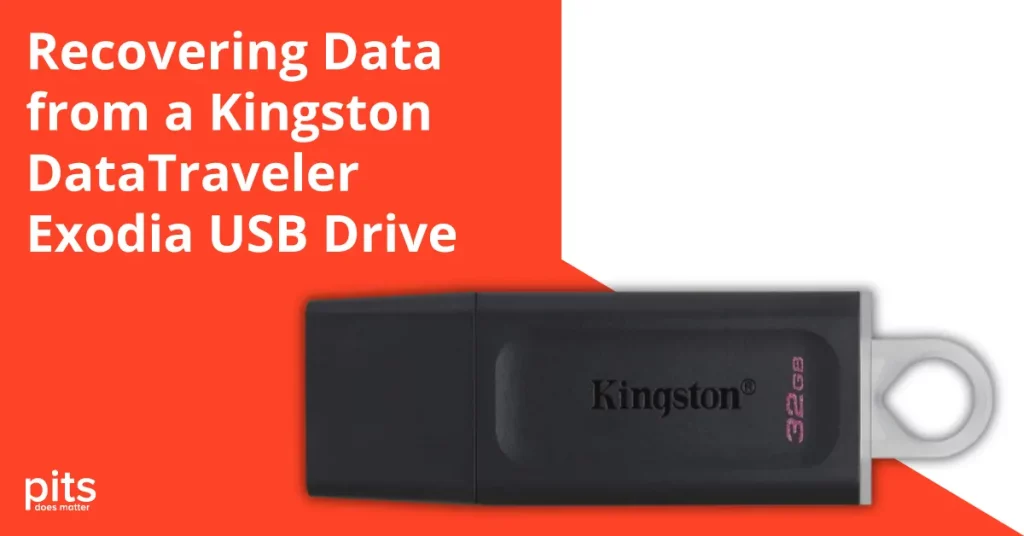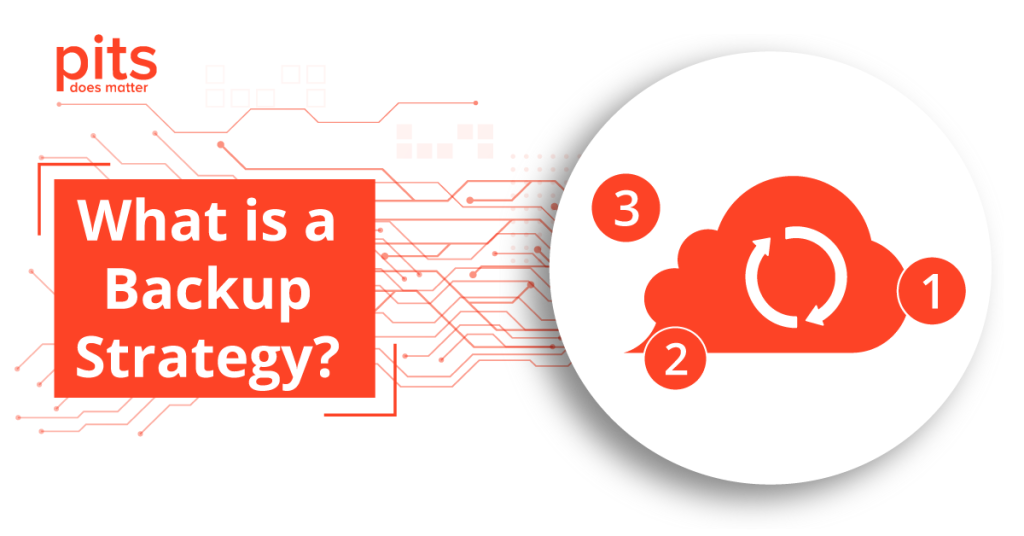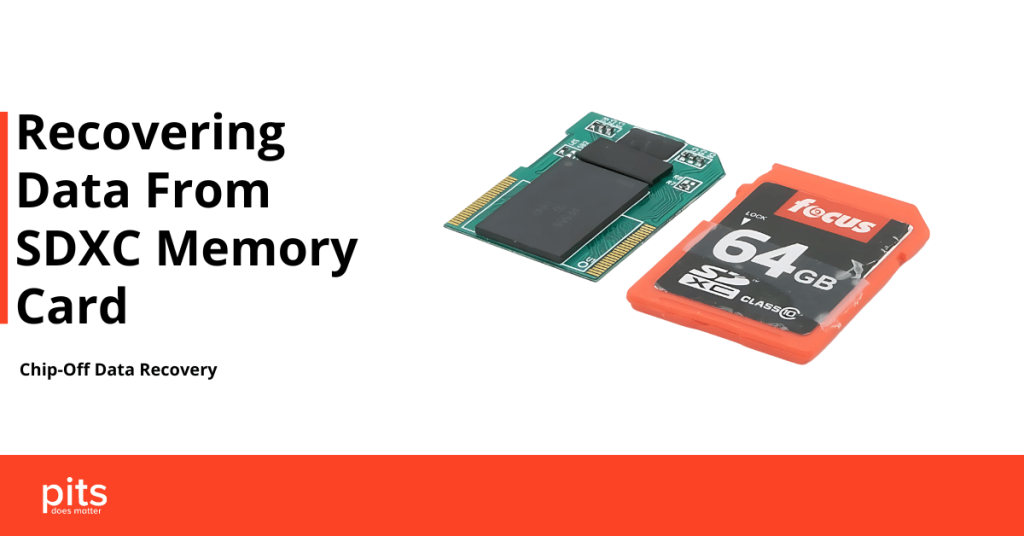RAID (Redundant Array of Independent Disks) technology has become a cornerstone for data storage solutions, providing both performance improvements and data redundancy. Among the various RAID levels available, RAID Z2 is a popular choice for those seeking a balance between performance and data protection. In this blog post, we will explore what RAID Z2 is, how it works, its advantages and disadvantages, and when to consider using it for your storage needs.
What is RAID Z2?
RAID Z2 is a specific implementation of RAID technology used primarily in ZFS (Zettabyte File System) environments. It provides a way to store data across multiple disks while ensuring redundancy and fault tolerance. RAID Z2 is similar to RAID 6 in that it allows for the failure of up to two disks within the array without data loss.
How RAID Z2 Works
RAID Z2 utilizes a combination of data striping and parity. Here’s a breakdown of how it operates:
-
Data Striping: Data is divided into blocks and distributed across multiple disks. This improves performance, as multiple disks can be read from or written to simultaneously.
-
Double Parity: For every block of data, RAID Z2 calculates two sets of parity data. This means that if one or two drives fail, the system can use the parity information to reconstruct the lost data from the remaining drives.
-
Dynamic Sizing: One of the unique features of RAID Z2 is its ability to dynamically allocate space. Unlike traditional RAID levels that require all drives to be the same size, RAID Z2 can efficiently use the available space, maximizing storage capacity.
Advantages of RAID Z2
-
Fault Tolerance: RAID Z2 can tolerate the failure of up to two drives, providing a higher level of data protection compared to RAID 5 (which can only tolerate one drive failure).
-
Improved Performance: The striping of data across multiple drives enhances read and write performance, especially in applications that require high data throughput.
-
Data Integrity: RAID Z2 uses checksums to verify data integrity, automatically detecting and correcting data corruption.
-
Scalability: You can add more disks to a RAID Z2 array without significant downtime, allowing for easy scalability as your storage needs grow.
-
Efficient Storage Utilization: Unlike traditional RAID configurations, RAID Z2 can effectively use available disk space, even if the disks are of varying sizes.
Disadvantages of RAID Z2
-
Complex Setup: Setting up a RAID Z2 configuration requires a good understanding of ZFS and may be more complex than traditional RAID levels.
-
Performance Overhead: The calculation of double parity can introduce some performance overhead during write operations, although this is often outweighed by the benefits of increased fault tolerance.
-
Higher Cost: Since RAID Z2 requires at least three disks (and can use more for additional capacity), the initial setup cost may be higher than single-disk or simpler RAID configurations.
-
Limited to ZFS: RAID Z2 is specific to the ZFS file system, which may not be supported in all operating systems or environments.
When to Use RAID Z2
RAID Z2 is an excellent choice for:
-
Enterprise Environments: Organizations that require robust data protection and performance, such as database servers, file servers, and virtualization platforms.
-
Home Users with Large Data Needs: Individuals who manage extensive media libraries or require high-capacity storage solutions.
-
Applications Needing High Availability: Scenarios where data availability is critical, such as web servers or applications where downtime can lead to significant losses.
Conclusion
RAID Z2 offers a powerful combination of data protection and performance, making it an ideal choice for users who prioritize fault tolerance and high availability. By understanding how RAID Z2 works and its advantages and disadvantages, you can make an informed decision about whether it’s the right storage solution for your needs.
If you’re considering implementing RAID Z2 for your data storage strategy, consult with a professional or do thorough research to ensure you have the right hardware and configuration in place to maximize its benefits. Properly configured, RAID Z2 can provide peace of mind and secure your valuable data against hardware failures.


